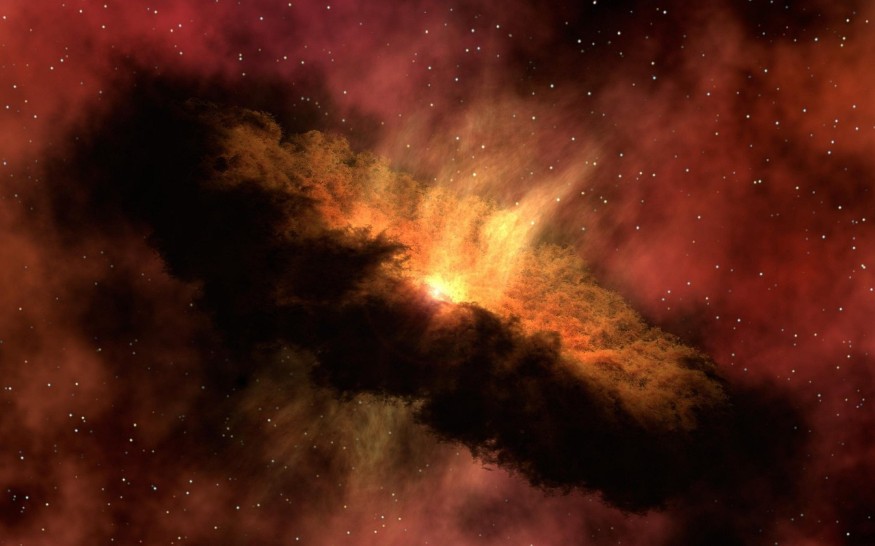
Using a trick previously predicted by Einstein's theory of relativity several decades ago, astronomers were able to successfully gauge the mass of a lone white dwarf.
ALSO READ : Dying Moments of Planet While Being Consumed by White Dwarf Star Captured for the First Time
Hubble Measures Lone White Dwarf's Mass
With Hubble, astronomers measured the mass of a single, isolated white dwarf – which is the surviving core of a burned-out star.
— Hubble (@NASAHubble) February 2, 2023
The white dwarf, called LAWD 37, is 56% the mass of our Sun: https://t.co/wIg48n2jPY
More ⬇️ pic.twitter.com/Y3roR5csiv
Astronomers were able to determine this using “gravitational microlensing” – when the gravity of a foreground object warps the light coming from an object behind it.
— Hubble (@NASAHubble) February 2, 2023
The light from a background star was slightly deflected by the gravitational warping of space by LAWD 37. pic.twitter.com/mX4iEPZxBZ
Science Daily reports that the astronomers found out that the mass of this lone white dwarf is equivalent to 56% of the sun's weight. It aligns with previous theoretical predictions regarding the white dwarf's mass, and it also sheds light on persisting theories regarding the evolution of these white dwarfs as a result of usual star evolution. The interesting observation grants further understanding of theories regarding white dwarf composition and structure.
According to the Space Academy, the astronomers made use of the renowned Hubble Space Telescope to gauge this lone white dwarf's mass. The dwarf is known as LAWD 37.
Findings were published in the Royal Astronomical Society's Journal Monthly Notices. Though white dwarfs in twin star systems have been previously weighed by astronomers, this is the first white dwarf that was gauged alone.
The team was led by astronomer Peter McGill from the University of California Santa Cruz. The researchers used a universal fact as a premise for this pioneering endeavor. They capitalized on how gravity warps both space and time.
As the lone white dwarf moved in front of a far and bright star, the background star's light ended up bending around the lone white dwarf. This was done because of a process called gravitational microlensing, which Einstein had predicted decades ago. When the background star's light was bent by this lone white dwarf, the star ended up slightly shifting within the sky. This effect was something that Hubble could pick up precisely.
McGill stated that such events are rare and have small effects. The great precision of measurement required years in order for the Hubble to pull off such a feat.
Because of the extremely faint light of the background star, astronomers found it difficult to extract the image from the white dwarf star's glare. Such brightness is 400 times stronger compared to that of the background star. Only the Hubble telescope is capable of making observations in clear light that are high-contrast.
What Are White Dwarfs?
According to Space, white dwarfs are remnants of sun-like stars that end up exhausted. These corpses are dim and dense. White dwarfs are considered the last noticeable stage of medium-mass and low-mass stars.
Though most huge stars end up exploding into supernovas, a star with a medium or low mass, that does not go beyond eight times the sun's mass will end up becoming a white dwarf. Space reports how around 97% of stars across the Milky Way galaxy end up becoming white dwarfs.
RELATED ARTICLE : Supernova or Partner Star Effect? White Dwarf With Heavy Metals Blasts Opposite and Out of the Milky Way
Check out more news and information on Space in Science Times.









